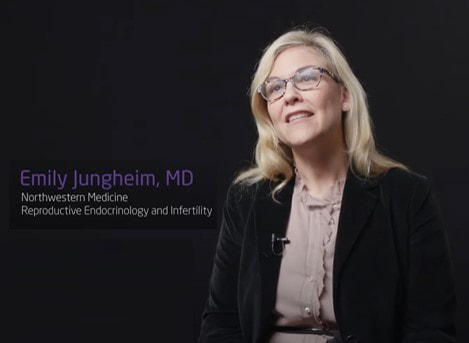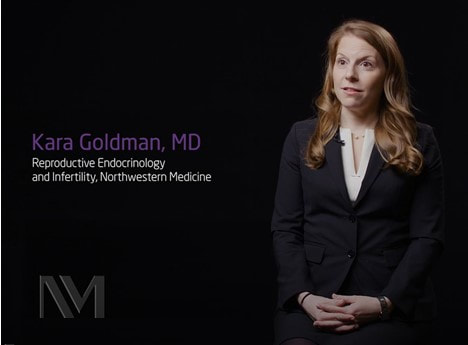|
June 2021 THE INFLUENCE OF A MULTIDISCIPLINARY FIBROIDS CLINIC ON UTERINE FIBROID MANAGEMENT AND INTER-SPECIALTY PERCEPTIONSFeaturing: Angela Chaudhari, MD, Magdy Milad, MD, MS,
Objectives To compare patient demographics, practice patterns, and specialty-specific perceptions of fibroid management between Minimally Invasive Gynecologic Surgery (MIGS) and Interventional Radiology (IR) before and after creating a multidisciplinary fibroids clinic. Materials and Methods A retrospective cohort of 2,532 patients seen by MIGS for symptomatic uterine fibroids at a single urban academic institution from January 2015 to March 2020 was analyzed for the number of IR referrals and fibroid procedures performed before and after development of a multispecialty clinic in 2017. Fibroid procedures included uterine fibroid embolization (UFE), myomectomy, and hysterectomy. Descriptive characteristics were compared between the two groups (before January 2018 vs after January 2018) using a chi-squared or Fisher’s exact test for categorical variables, a t-test for normally distributed continuous variables, or Wilcoxon signed-rank test for not normally distributed variables. This was supplemented with qualitative interviews with the four clinicians who treated these patients. Interviews were performed by the same researcher approximately two years before and two years after the clinic was founded about perceptions of fibroid treatments and specialty-specific practice patterns. Results Compared to before creation of the multidisciplinary clinic, the proportion of fibroid patients referred to IR and uterine fibroid embolizations (UFEs) remained the same. However, the proportion of myomectomies and hysterectomies declined overall, consistent with national trends. There was an increased percentage of vaginal hysterectomy and laparoscopic-assisted vaginal hysterectomy likely attributable to the hiring of an expert vaginal surgeon. The proportion of patients seen by MIGS of Black/African American race and with insurance paid by Medicaid increased after development of the clinic. Previous data from our institution published in 2016 suggested that a disproportionately higher percentage of Medicare/Medicaid patients were seen by IR than by MIGS1, but this disparity was no longer observed. There were no other demographic differences observed between the two groups. Prior to formation of the multidisciplinary clinic, there was perceived tension between specialties in the management of patients with fibroids. After clinic development, while perceptions of the other specialty as a whole remained mixed and unchanged, perceptions of the clinic and the involved clinicians were universally positive. Clinicians described decreased turf wars and increased collaboration despite the consistency among procedures performed. Conclusion Development of a multidisciplinary fibroids clinic at our institution improved a disparity in care among Black and Medicaid patients, and improved perceived tension between IR and MIGS specialties, although referral rates and number of procedures typically remained stable or consistent with national trends. This article was originally published in the American Journal of Obstetrics & Gynecology on June 1, 2021. |
Angela Chaudhari, MD is an Associate Residency Director, Department of Obstetrics and Gynecology Associate Director, Director of the P2P Network, Physician Peer Support Fellowship in Minimally Invasive Gynecologic Surgery.
Magdy Milad, MD, MS is the Albert B. Gerbie Professor at Northwestern University Feinberg School of Medicine and Chief of Gynecology and Gynecologic Surgery at Northwestern Memorial Hospital. He is the Medical Director for the innovative Center for Comprehensive Gynecology at Northwestern Medicine, a multidisciplinary clinic for complex gynecologic conditions.
Refer a PatientNorthwestern Medicine welcomes the opportunity to partner with you in caring for your patients.
|
You May Also Like
|
February 2020 |






